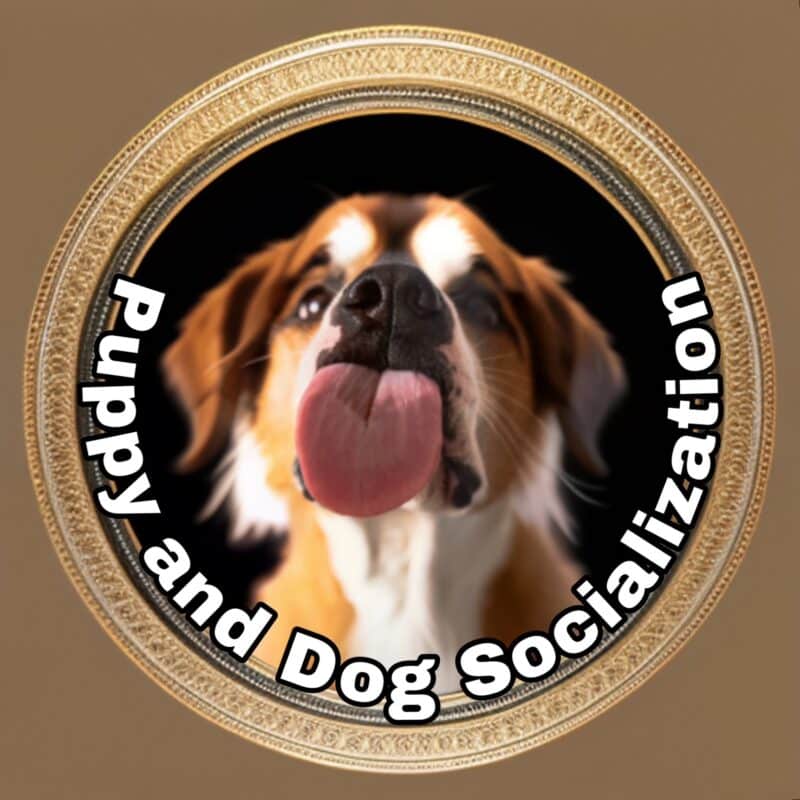dog training, Pet Behavior, Pet Parenting Tips, Puppy Care
The Science of Canine Socialization: A Guide for Pet Parents
Posted on by Dog Behaviorist
The Science of Canine Socialization:
A Guide for Pet Parents
By Will Bangura, M.S., CDBC, CBCC-KA, CPDT-KA, FFCP.(Dog Behaviorist), Certified Dog Behavior Consultant.Introduction
Today, we’re diving deep into a critical topic: puppy and dog socialization. This concept is often misunderstood, but we’re here to provide you with a comprehensive, science-based guide. Please Share this article on your social media so more pet parents can find good training advice. Let’s get started!The Critical Socialization Period
Did you know that there’s a critical socialization period for dogs? It begins at three weeks of age and ends at 13 weeks of age. This timeframe is crucial for your dog’s development, and it’s where many misconceptions about socialization arise. So, let’s clear the air and understand what true canine socialization means.-
What Socialization Isn’t
-
What Socialization Is
The German Approach to Socialization
Let’s look at how Germany approaches socialization. Germans don’t encourage random interactions between dogs or people in public. They expect their dogs to remain calm and composed, even in the presence of distractions. This attitude helps dogs avoid becoming overly excited or reactive. In contrast, the United States has a different approach. Many people here want their dogs to meet every dog they encounter, resulting in excitement and potential behavior issues. We must adopt a more neutral stance when our dogs encounter new stimuli.Socializing Your Puppy: The Early Days
Now, you might wonder how to expose your puppy during the critical period. First, dispel the fear of taking your puppy outside before they receive all their vaccinations. The American Society of Veterinary Behaviorists suggests that the benefits of early exposure outweigh the risks. Puppies often have some immunity from their mother, and avoiding exposure can lead to behavioral problems. However, avoid places with contaminated environments where your dog might contract diseases. Know your family’s dogs, your friends’ dogs, and schedule playdates with calm, well-behaved dogs. Keep these interactions one-on-one, ensuring your puppy doesn’t become overwhelmed.Beyond the Critical Period: Counter Conditioning and Desensitization
But what if your dog is past the critical socialization period? The focus shifts to counter conditioning and desensitization. If your dog shows fear, anxiety, or phobias toward specific triggers, it’s time to change their emotional response. This involves gradually exposing your dog to the trigger while pairing it with positive reinforcement. Over time, this process shifts your dog’s perception from fear to acceptance. If you need more information on counter conditioning and desensitization, visit my website or listen to episode 98 of the Pet Talk Today podcast.Conclusion
In summary, canine socialization is all about exposure during the critical three to 13-week period. Get that “S-word” out of your vocabulary and focus on exposing your puppy to various stimuli. Once past this period, use counter conditioning and desensitization to change your dog’s emotional responses to triggers. Remember, it’s about creating a calm, well-behaved companion. Thanks for reading, stay informed and being the best pet parent you can be!Podcast on Puppy and Dog Socialization

Facebook
Twitter
LinkedIn

